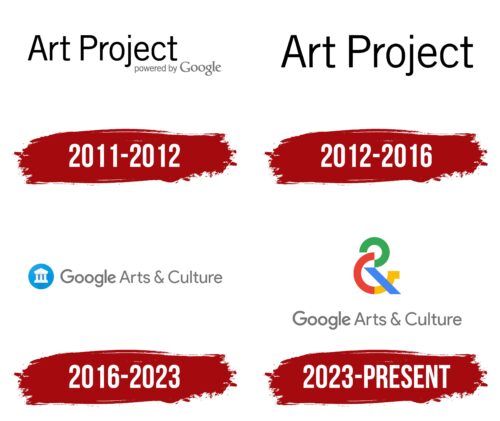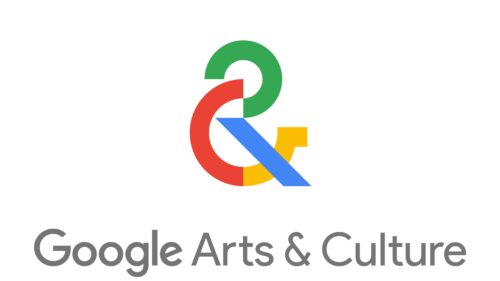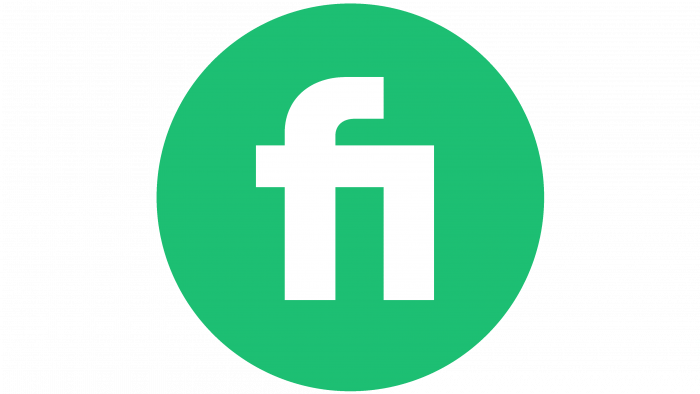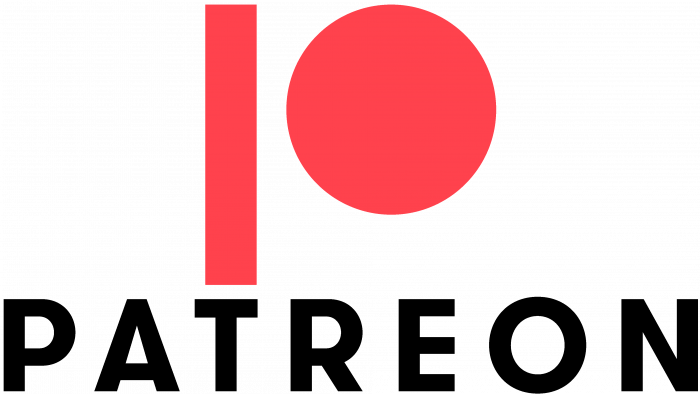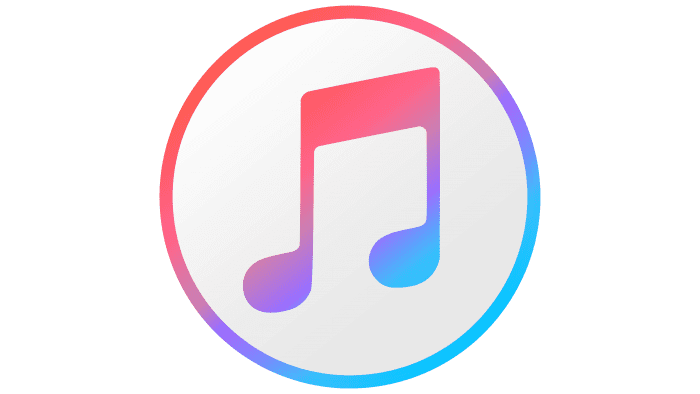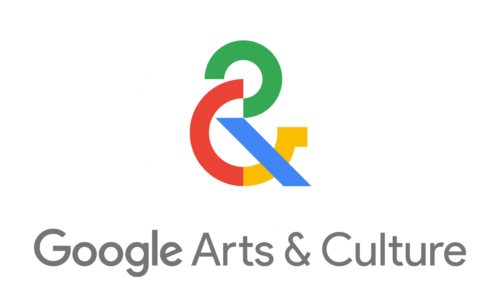 Google Arts & Culture Logo PNG
Google Arts & Culture Logo PNG
The Google Arts & Culture logo is predominantly textual rather than graphical, with elements intricately tied to linguistics and typography. It’s a thoughtful manifestation of the platform’s core principles, such as inclusivity, diversity, collaboration, and aesthetic excellence. The creative use of typography, colors, and the ever-connecting ampersand symbol crafts a visual language that tells a story of unity in diversity, a pursuit of artistic excellence, and a dedication to making art and culture accessible to all.
The Stylized Ampersand (&): At the heart of the logo lies the stylized ampersand, a symbol that connects and unifies. Composed of several parts, colored in the familiar Google palette of green, red, yellow, and blue, this symbol epitomizes collaboration and connection. Using arcs, semicircles, and parallelograms lends the symbol a dynamic and modern appearance.
Colors and Their Meanings: The choice of colors is not accidental; they correspond to the parent company’s well-known color scheme. Each color holds a specific significance:
- Green: Symbolizes growth, harmony, and creativity.
- Red: Represents passion, energy, and action.
- Yellow: Denotes optimism, clarity, and warmth.
- Blue: Stands for trust, dependability, and wisdom.
Typography and Accentuation: Below the multicolored symbol is the phrase “Google Arts & Culture,” set in slender gray glyphs. The first word, darker than the rest and featuring a diagonally tilted “e,” adds emphasis and aligns with the parent company’s branding. This choice in typography reflects precision and an appreciation for the fine arts.
Emphasis on Language and Culture: By giving textual and linguistic elements precedence, the logo acknowledges the importance of language and writing in arts and culture. The ampersand, an age-old symbol of connection, emphasizes bringing together different art forms and cultures.
Commitment to Accessibility and Diversity: The combination of different shapes and colors in the ampersand symbolizes the platform’s commitment to inclusivity and diversity. It illustrates an approach that embraces various forms of art and culture, ensuring that they are accessible to a broad audience.
Simplicity and Elegance: The logo’s design is simple yet elegant. Its minimalistic approach reflects clarity of purpose and makes it easily recognizable and memorable. The finesse in design details resonates with the platform’s focus on art and aesthetic value.
Adaptability Across Media: The well-balanced use of color, shape, and text ensures that the logo is adaptable across various media and platforms. Its design allows for coherence and consistency, whether in digital or print form, reinforcing the platform’s identity.
Connection with the Parent Brand: Incorporating Google’s characteristic color palette and the distinctive “e” create a visual link with the parent brand. This connection instills trust and leverages the global recognition associated with Google.
Contribution to the Overall Brand Image: The logo not only identifies the platform but also contributes to shaping its image. Its artful design aligns with the platform’s mission to explore, preserve, and promote art and culture, enriching the visual narrative that defines the brand.
Google Arts & Culture: Brand overview
| Founded: | February 1, 2011 |
| Founder: | Google Cultural Institute; Google Inc. |
| Website: | artsandculture.google.com |
In its infancy, Google Arts & Culture was initially known as the Google Art Project, launched in early 2011. This project was a brainchild of the Google Cultural Institute, aiming to make prominent artistic and cultural works accessible to a worldwide audience. This was accomplished by leveraging high-resolution imagery and creating online exhibits.
The Google Art Project established collaborations with 17 distinguished art museums in its inaugural year. These partnerships allowed them to photograph and provide virtual tours of over 1,000 art pieces. As the years passed, the project’s reach grew significantly. It began partnering with various institutions, such as NASA and UNESCO World Heritage sites and lesser-known galleries, libraries, and archives.
By 2015, the project had morphed into the Google Cultural Institute, and its purpose now centered around digitalizing and distributing a wide array of cultural content. A year later, it took on a new name—Google Arts & Culture— which aptly represented its diverse catalog that had now grown beyond fine art to include performance art, fashion, music, and photography, among other forms of artistic expression.
Google Arts & Culture has formed alliances with over 2,000 cultural institutions globally. The platform presents engaging online exhibits and educational tools, facilitating the digital exploration of cultural treasures. It has also integrated a variety of innovative initiatives, such as virtual reality tours, augmented reality, and technological methods to analyze artworks. It boasts a collection comprising millions of items, all freely accessible online.
As of 2022, Google Arts & Culture remains a significant gateway for enhancing the accessibility to art, culture, and history. It does this by leveraging technology and partnering with numerous organizations all over the globe.
Meaning and History
What is Google Arts & Culture?
Google Arts & Culture is an internet platform developed by Google Inc. for hosting videos and high-resolution photos of cultural objects, artifacts, and works of art. Viewers can examine the images in detail and take virtual tours of locations and halls. The project was launched in 2011.
2011 – 2012
2012 – 2016
2016 – 2023
2023 – today
Google Arts & Culture color codes
| Pigment Green | Hex color: | #35a853 |
|---|---|---|
| RGB: | 53 168 83 | |
| CMYK: | 68 0 51 34 | |
| Pantone: | PMS 7739 C |
| Cinnabar | Hex color: | #ea4335 |
|---|---|---|
| RGB: | 234 67 53 | |
| CMYK: | 0 71 77 8 | |
| Pantone: | PMS 179 C |
| Fluorescent Orange | Hex color: | #fbbd03 |
|---|---|---|
| RGB: | 251 189 3 | |
| CMYK: | 0 25 99 2 | |
| Pantone: | PMS 7408 C |
| Azure | Hex color: | #4285f4 |
|---|---|---|
| RGB: | 66 133 244 | |
| CMYK: | 73 45 0 4 | |
| Pantone: | PMS 2727 C |
| Nickel | Hex color: | #757575 |
|---|---|---|
| RGB: | 117 117 117 | |
| CMYK: | 0 0 0 54 | |
| Pantone: | PMS 424 C |
